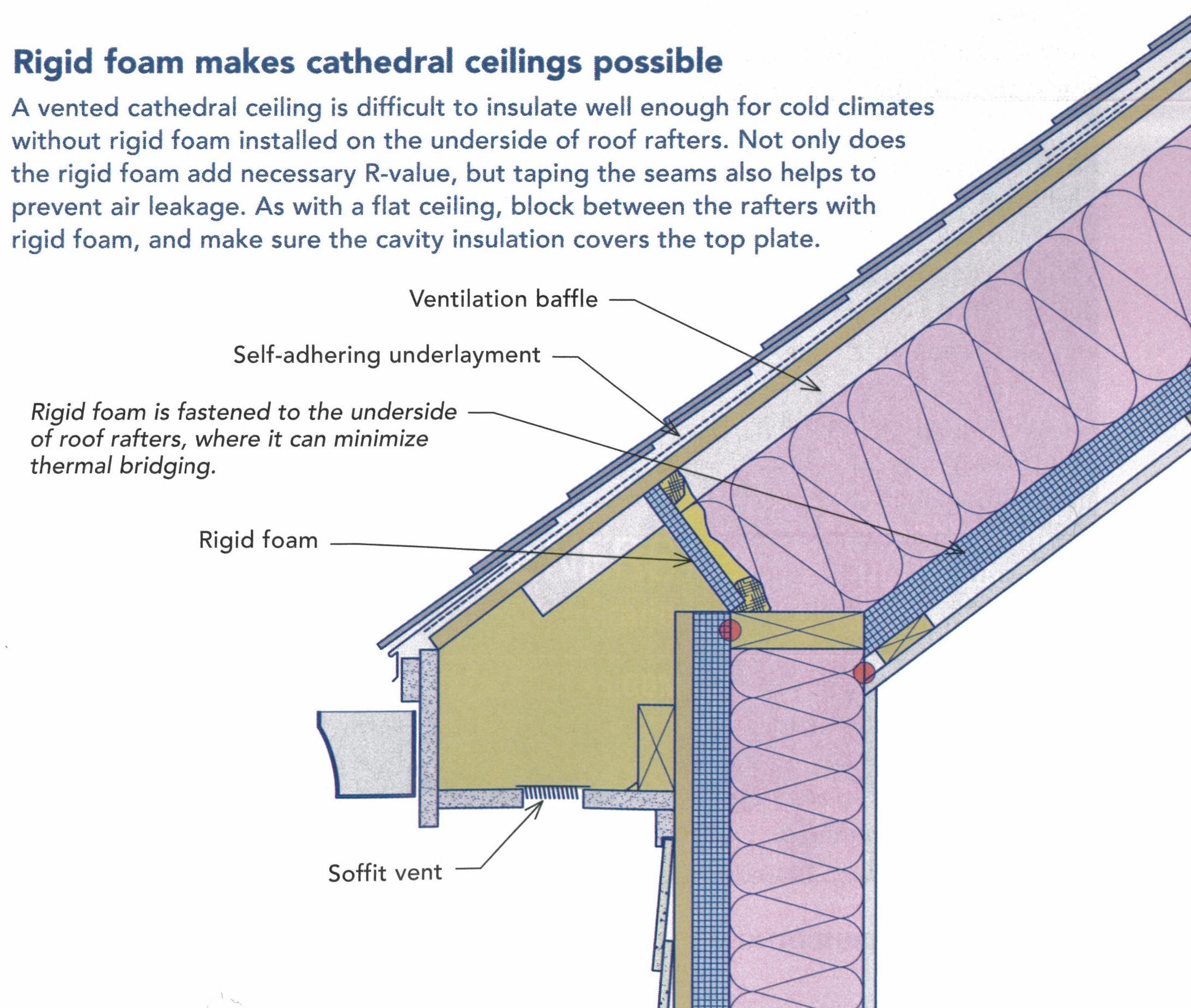Cold Deck Roof Ventilation

Melting snow then backs up behind these dams causing leaks into the roofing material and into the interior of the home.
Cold deck roof ventilation. In a cold climate the primary purpose of ventilation is to maintain a cold roof temperature to avoid ice dams created by melting snow and to vent any moisture that moves from the conditioned living space to the attic. This video shows the key features of a flat roof cold deck construction and how to draw the details to a scale of 1 10. In cold climates the primary purpose of attic or roof ventilation is to maintain a cold roof temperature to control ice dams created by melting snow and to vent moisture that moves from the conditioned space to the attic ventilation acts to bypass the vapour barrier created by most roof. Throughout the balance of this digest the terms attic and roof will and can be used interchangeably.
The intent of roof venting varies depending on climate but it is the same if you re venting the entire attic or if you re venting only the roof deck. In cold climates poor roof ventilation can also cause the buildup of ice on roofs. In a cold climate the primary purpose of ventilation is to maintain a cold roof temperature to avoid ice dams created by melting snow and to vent any moisture that moves from the conditioned living space to the attic. This cold deck construction is considered problematic in the humid temperate climate of the uk where the effective ventilation of restricted roof voids may be impractical particularly in sheltered built up areas.
See energy smart details in fhb 218 for more on ice dams. The da 4 is an excellent solution for roofs with little or no overhang for the installation of traditional intake vents. No ventilation is required for these types of roofs. It is universally recommended that cold deck flat roof construction should be avoided.
Ventilation is required to the underside of the deck. Adding attic ventilation can help but the real problem is heated air leaking up into the attic. When placed below the structural deck. This is caused by air leaking up from your home into the attic in the winter and condensing on the cold deck.
Mold on the roof deck or rafters.














































